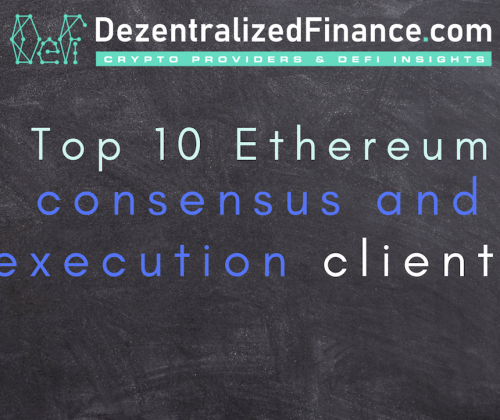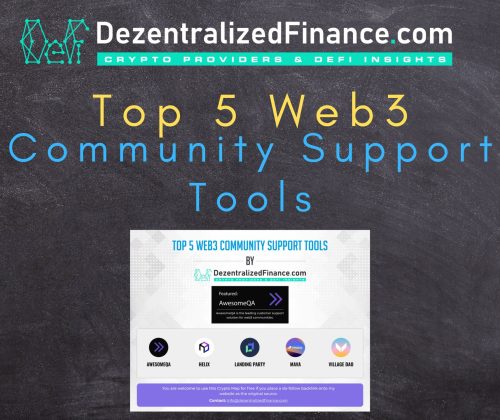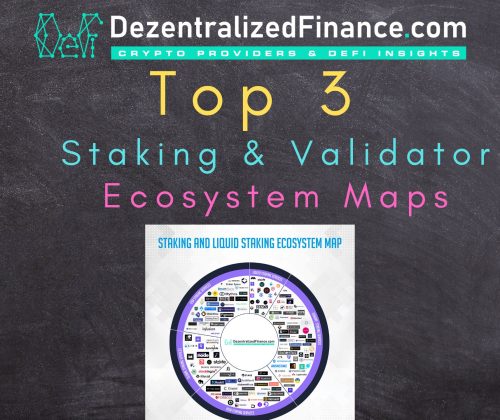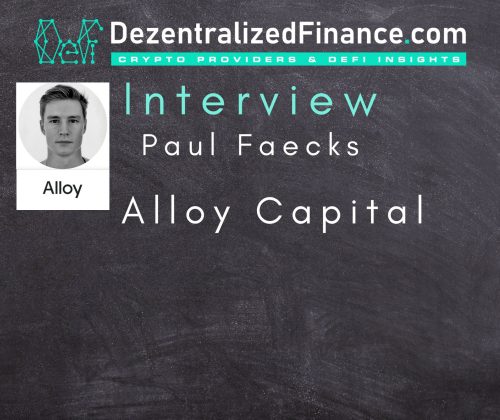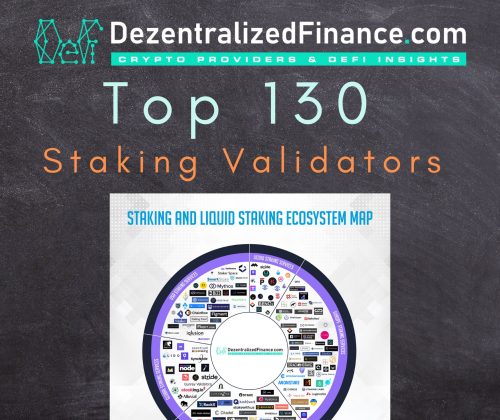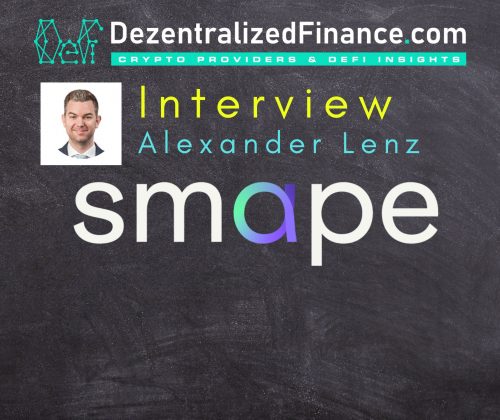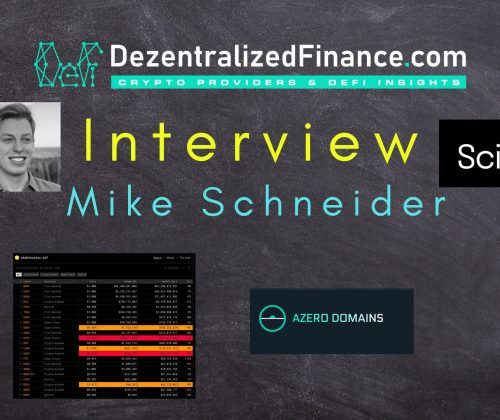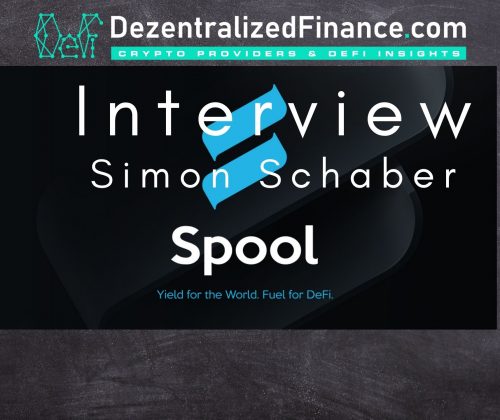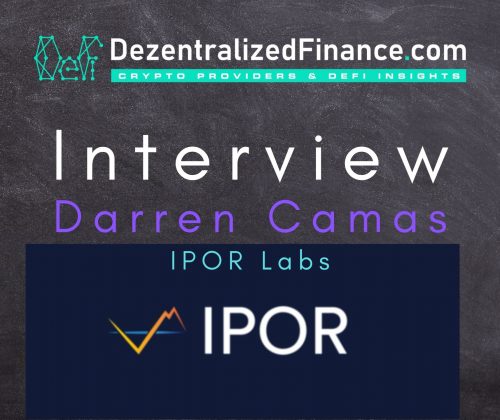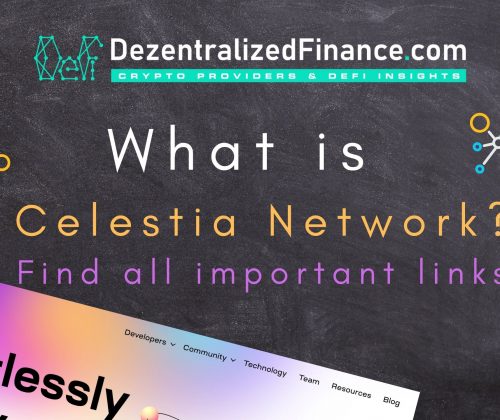Mina Protocol
Overview
Mina is a "lightweight" smart contract platform with aspirations to be a global payment system. It aims to address the scalability issues present in existing blockchains where the cost to verify the blockchain grows proportionally with total transaction throughput. In these cases, the cost of running a network node eventually exceeds the resources available to most real-world users.
The goal of Mina is to design a decentralized payment system that offers efficient verification of system history from genesis without relying on any external advice. This is achieved by the following properties:
- A formal notion of a “succinct blockchain”
- Generic functionalities modeled as replicated state machines using incrementally computable SNARKs
- Concrete implementation of a payments system called Mina
- Ouroboros Samasika, a provably-secure PoS consensus protocol that is adaptively secure and offers bootstrapping from genesis.
- Parallel scan state to improve transaction confirmation time beyond the limits otherwise imposed by the proof construction.
- Performance evaluation report of executing the protocol involving a public community.
History
The project began in mid-2017. Evan Shapiro and Izaak wanted to make a protocol that could effectively be both decentralized and scalable. Izaak was studying cryptography at Berkeley for a PhD at the time and learning about zkSNARKs.
Their thesis argued that it’s difficult for the average end-user to access Ethereum without trusting a third party that runs a full node. Ethereum developers tend to use services like Infura or Alchemy for app development. o(1) Labs, the development firm behind Mina, regarded these as centralization points that 1) make the underlying blockchain less trustworthy and 2) create an unideal user interface and developer experience. The team wanted to keep storage costs low on Mina so that anyone could run a full node.
The team believes that Mina has a chance at succeeding where prior blockchains have not: as a payments use-case. They’re making Mina more accessible to developers—potential to run a full node inside of a web app or an IoT device—so they hope to see many diverse use-cases.
Mina uses a Proof-of-Stake (PoS) mechanism known as Ouroboros Praos to reach consensus, which builds off prior work published by IOHK, one of the companies developing Cardano. It was designed to be simple and allow anyone to participate proportionally to the amount of stake in the protocol. Bandwidth requirements are low to facilitate a high level of inclusivity.
On Oct. 24, 2019, Corda blockchain developer R3 filed a lawsuit against (o)1 Labs over the Coda Protocol name, claiming it was too similar to R3's Corda trademark. In light of the lawsuit filed, o(1) Labs rebranded the network to Mina on Sep. 29, 2020.
Official Links
- General Emission Type
Inflationary - Precise Emission Type
Dynamic Emission - Capped Supply?
No
Supply Curve Details
In order to motivate participants to begin staking, Mina’s nominal inflation will begin at 12%. Then, over the course of the first five years, the inflation rate will fall to 7%, and remain at 7% thereafter by default, subject to changes via the chain’s governance.
Importantly, the protocol will target these inflation rates regardless of the staking participation rate. That means that block rewards will change dynamically to target this inflation rate. For example, if only 50% of the network stakes, then block rewards will double. This is because per Ouroboros, number of blocks produced per epoch is expected to be proportional to the staking ratio. This naturally encourages more individuals to stake at low participation rates.
Consensus Information
- General Consensus
Proof-of-Stake - Precise Consensus
Ouroboros Praos
Consensus Details
Mina uses a consensus protocol that is secure against adaptive corruption and does not require a trusted checkpointing service for bootsrapping, is adaptively secure and, most importantly, succinct. That is, it requires only succinct information to tell apart honest chains from dishonest ones, immaterial of how far in history they had forked.
More details can be found on their technical whitepaper under Section 7.
- Type
Native - Usage
Payments, Vote
Usage Details
Mina Protocol’s token, Mina, is no different from the native token of other blockchains, in that it represents ownership of the network. The token will be used to pay for transactions, and new mina will be minted to pay block producers for creating new blocks. This incentive mechanism will be critical for the various participants to co-ordinate and work together in a decentralized manner.
Besides being the network’s native token, minas may be used to transfer value, act as collateral, or anything that a digitally-native store of value is capable of. O(1) Labs envisions the token being used in novel, yet-to-be-imagined ways by applications built upon the protocol.
Block Explorers
- Launch Style
Private Sale - Distribution Date
March 24, 2020
Launch Details
o(1) labs raised $3.5 million in seed funding in May 2018 to begin the development of Mina (then called Coda Protocol), as well as a follow-on round of $15 million in April 2019. The network is has been in a public testnet phase since mid-2019. The team plans to launch a mainnet version of Mina before the end of 2020.
On March 24th, 2020, Mina launched Genesis, a token program that prepares participants to become the network’s first block producers and ensures high decentralization upon mainnet launch.
1,000 Genesis founding members will be selected to receive a distribution of 66,000 Mina tokens by completing challenges on the testnet to help strengthen the network. When the mainnet goes live, Genesis founding members will comprise the network’s initial block producers, because they will have the knowledge required to stake tokens.
Mina is setting aside up to 6.7% of tokens for Genesis founding members. Izaak Meckler, CTO & Co-founder, said: “The Genesis program allows us to build a community of engaged members who are helping to set the rules of the ecosystem. Such engagement is essential for constructing an infrastructure that serves the needs of its members.”
Funding Rounds
- Private Token Sale
- End Date
- 05/30/2018
- Total Collected
- $3,500,000
- $3,500,000.00
- Seed Round
- Private Token Sale
- End Date
- 04/30/2018
- Total Collected
- $3,500,000
- $15,000,000.00
- Series A
- Private Token Sale
- End Date
- 10/15/2018
- Total Collected
- $3,500,000
- $10,900,000.00
- Corporate Round
Initial Supply
- Outstanding Supply
1,000,000,000.00 - Founders & Project
6.7%
Typically as blockchains scale in size, it becomes increasingly burdensome to validate data on the blockchain leading to the centralization of validators. Mina looks to avoid this limitation by utilizing what the team calls a succinct blockchain that requires a constant amount of time and data to verify the current world state (20 kilobytes/10 milliseconds).
The succinct blockchain is enabled by the recursive composition of zk-SNARKs which use constant-sized proofs of arbitrary, incremental computations. This means the complexity to verify the chain is independent of its' size preserving the ease with which users can actively participate in the network. Rather than preserving the whole chain, a user simply needs to hold onto the current state using a SNARK (succinct non-interactive argument of knowledge) to certify its' existence.
This allows Mina to scale to thousands of transactions per second and requires orders of magnitude fewer resources than PoW blockchains to maintain.
- Structure
Upcoming - Decentralized Treasury?
No
- March 31, 2023
- DeFi News
Top 10 Ethereum consensus and execution clients
- January 22, 2023
- DeFi News
Top Web3 Community Support Solutions
- December 21, 2022
- DeFi News
Top 3 Staking and Validator Ecosystem Maps
- December 19, 2022
- DeFi News,Interviews
Interview with Paul Faecks | Alloy Capital
- December 13, 2022
- DeFi News
Top 130 Staking Validators
- December 19, 2022
- DeFi News,Interviews
Interview with Paul Faecks | Alloy Capital
- November 14, 2022
- DeFi News,Interviews
Interview with Alexander Lenz | SMAPE Capital
Market-leading solution for your digital assets.
Reliable white-label blockchain custody suite since 2018.
- White-Label Custody
- Warm – and Cold-Wallet Suite
- Wallet-as-a-Service
- Made in Germany
- Supervised by BaFin*
- API & cloud-first strategy
- Crypto and Tokenization Custodian
- Insured Custody Suite
Don´t miss any Crypto updates and DeFi insights – Sign up now!
[mc4wp_form id=”794″]























































